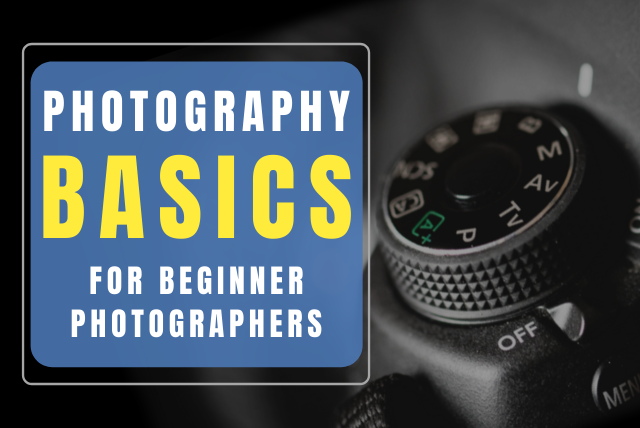Photography Basics for Beginner Photographers


If you have only one light in your kit and if you think that it is not enough for taking dramatic portraits, well here are 6 one light setups for shooting dramatic portraits. Here you will know that there are many things you can do with only one light and generate some great portraits for your portfolio.
I love seeing your work and get inspired by your
ideas. If this article helps you. Please share your photos on Instagram and tag
me on your post @infinit_o_graphy.
In this light set up the light is directly In front of the model. There is not much shadow play in this setup. We get a flat image by using this but it is the starting point of one light setups.
This setup is like Flat light the only difference here is that the light is moved 45° above the model’s face. Just by doing this, you can achieve a great difference in the results. A butterfly-like structure is obtained beneath the nose with a shadow.
We just have to make a little tweak to Paramount
lighting to achieve this look. The light is moved 20° - 30° right/left of the model and voila,
you got loop light.
This is the most popular lighting setup. It is achieved
by moving the light 45° - 50° right/left of the model.
Don’t you like those portraits with only one side of the model’s face lit? Well, it is not that hard to achieve, just move the light directly 90° away from the model’s nose I.e. exactly on one side of the face right/left.
This is not often used for a portrait but you can get
dramatic portraits with this. For this, you have to place your light above the model and face it down to the floor.
Using a soft and diffused light source is beneficial
while using these setups and to fill in shadows you can reflect the light by a
reflector or a white piece of cardboard. Of course, if you have some
new ideas add them in the comment section below, I would love to hear them.
Comments
Post a Comment